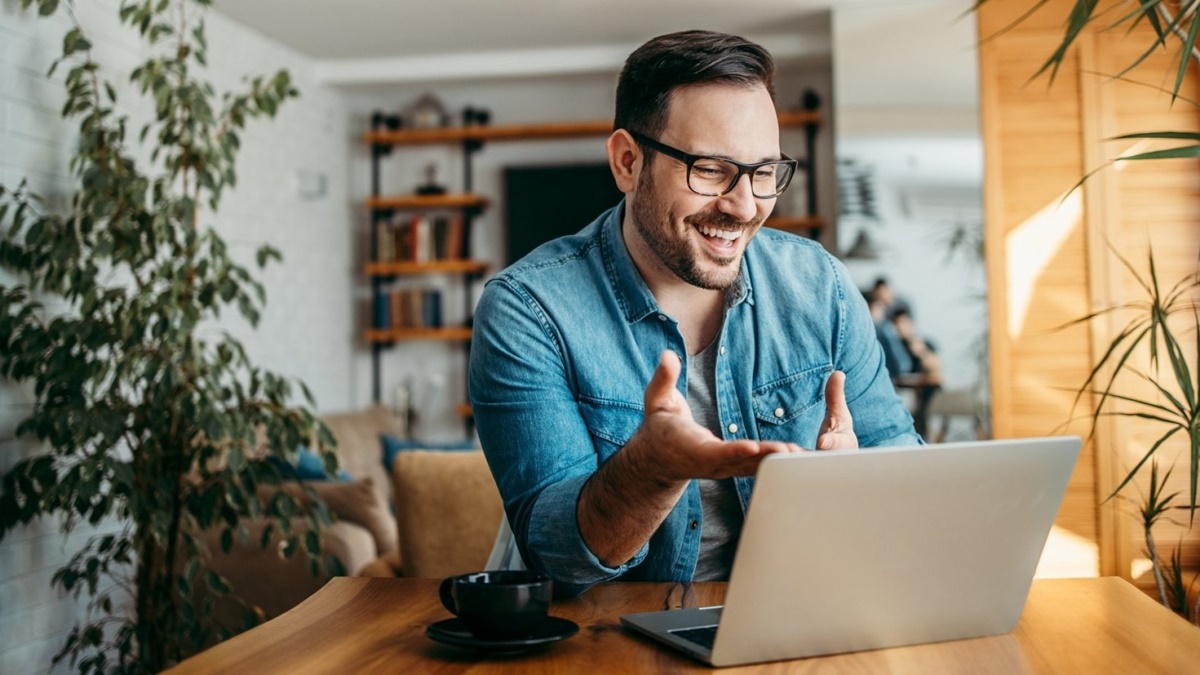The emergence of the novel coronavirus caught the world by storm, and many countries struggled hard to keep the virus at bay. Earlier in the year 2020, nations put in place measures that would ensure their citizens remain safe; this included locking down the country from normal operations, limiting public gatherings, compelling people to put on masks wherever they step out, among other measures. The restrictions took a toll on the global economy since borders got closed and trade shrunk to a record low. While many businesses bowed to pressure and closed down, some found refuge by adapting to various new and old technologies.
Advancements During the Pandemic
Contents
Between 2020 and 2021, many applications and software emerged to assist in the fight against the virus and help people stay and carry out their duties from home. Countries have not yet resumed normal operations because the virus is mutating and taking a new shape, which is still causing a scare worldwide. However, unlike in the beginnings, today, some systems allow people to work, tour the world, meet friends, and attend events all the comfort of their homes. Applications such as zoom, Google meet, and many others have made it possible for companies to hold meetings and conferences virtually while moving to comply with the set restrictions. Apart from business, the medical sector has also gained enormously from technological advancements in matters to do with tracking, testing, and treatment of patients who have gotten infected.
The advent of the pandemic indeed elevated the global utilization and development of medical applications considering the scarcity of options to appropriately deal with the situation. Studies indicated platforms such as the App Store and Google Play Store witnessing a sharp increase of healthcare-related apps in the second quarter of 2020. Though there are various applications designed to help in fighting COVID-19, there are still gaps, and more is needed to help the world solve the snags seen in contact tracing, testing, and treatment. This article outlines some viable app ideas to help solve the identified issues.
Wearable Devices
A legit Apple enthusiast understands wearable devices since the company released watches belonging to this category of devices. Why are these items helpful? Most wearable devices are fitted with sensors and have IoT-based applications, which medical researchers have found helpful in detecting early symptoms of the virus. An Apple watch or Fitbits, for instance, can collect information relating to the health of the user. From temperature to the heartbeat rate, these devices can save a range of data that could help in the fight against coronavirus.
The medical sector stakeholders need to advise the public to embrace fitness trackers and other wearable devices integrated with IoT to help monitor and achieve mass detection of infections at early stages. Apart from COVID-19, the method can prove effective in the timely discovery of other viral infections of the respiratory organs, which is a boost when it comes to putting epidemics at bay.
Application developers should be encouraged to develop apps compatible with a range of wearable devices; those that can collect and give immediate information give access to the user’s health information instantaneously.
While tracking apps are helpful, the development process is never a walk in the park. Coming up with an application based on IoT demands dedicated skills and extensive knowledge in mobile app development. Additionally, the process is time-consuming and requires several developers to accomplish significant results as fast as possible.
Bluetooth Hotspot Apps
The primary concern for the general public, regards identifying and staying away from unsafe COVID-19 zones. There are several online sites, including social platforms, where one can check for the updates on COVID-19 in specific states, but rarely will one find real-time data for a local area or community. This, therefore, calls for a maven solution because it is equally crucial for everyone to know the COVID-19 status of the places they live in or want to visit for safety purposes.
Bluetooth is one invention that has helped ease several computers and mobile-based activities, and it is fascinating how think tanks have identified its capabilities in identifying COVID-19 hotbeds. Today one can go to the play store and download a Bluetooth-based coronavirus hotspot detection app for information regarding the safest place to be and where to avoid.
How it Works
After installing the app, the phone user will have to switch on Bluetooth for it to work. The smartphone will detect other phones with the same app within a given radius and securely exchange records showing the time, proximity, and location of other users. The application can inform on the COVID-19 status of other people and alert one of the best measures to take.
Bed Reservation App
As the figures of new COVID-19 cases continue to rise, there is a rising concern among whether they can receive appropriate treatment in good time. Many healthcare systems are overwhelmed by the number of critical cases demanding comprehensive care. In other countries, the fatality rate has spiked since the hospitals can no longer accommodate every patient. The worst thing is that many people visit the hospital when the virus has reached its advanced stage, making it hard to salvage their lives.
However, mobile applications and affected individuals can locate hospitals with bed space and oxygen for the treatment they need. This achievable only if one is particular about COVID-19 symptoms. Using wearable devices and other COVID software can help in tracking early signs for a prompt response. This is crucial, especially for vulnerable individuals such as those with underlying health issues like diabetes, heart disease, and high blood pressure, among other conditions.
In Conclusion
The bottom line is that technology will continue playing a pivotal role in making the world a better place. Unlike in the preceding pandemics witnessed by the world, the response towards controlling COVID-19 has been enthralling. To date, think tanks are still attempting to develop a long-lasting technological solution that will help the world get back to normal operations.


